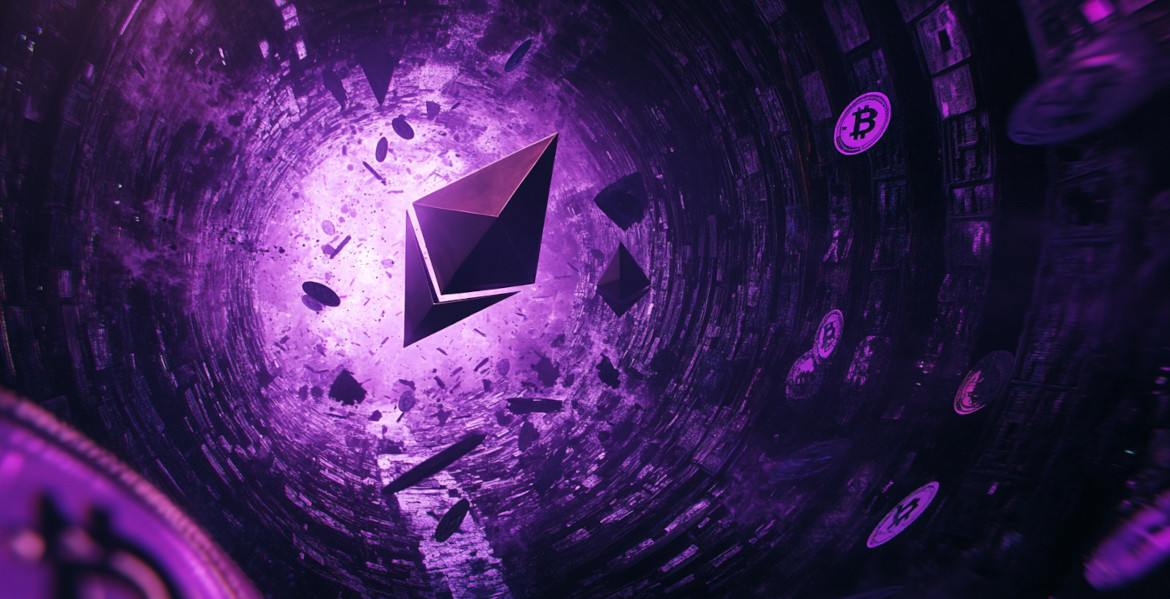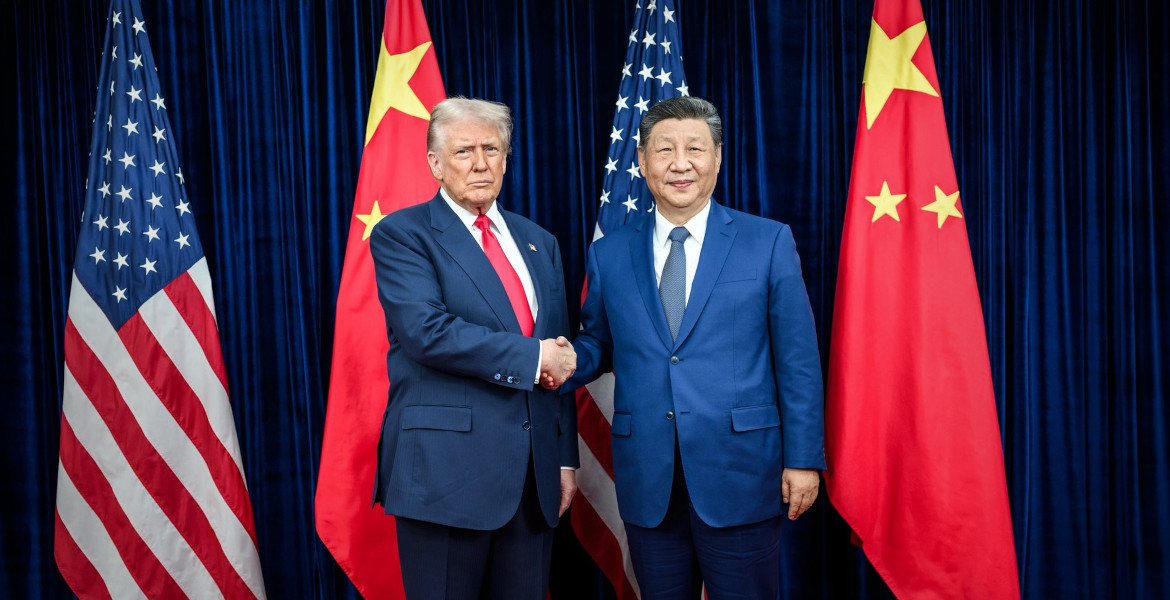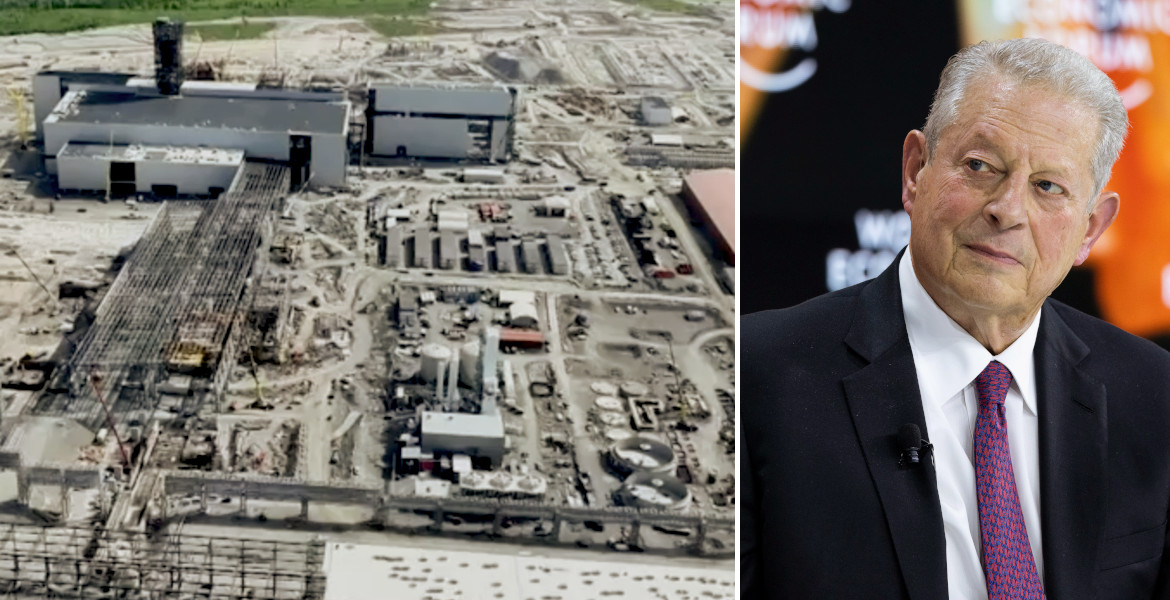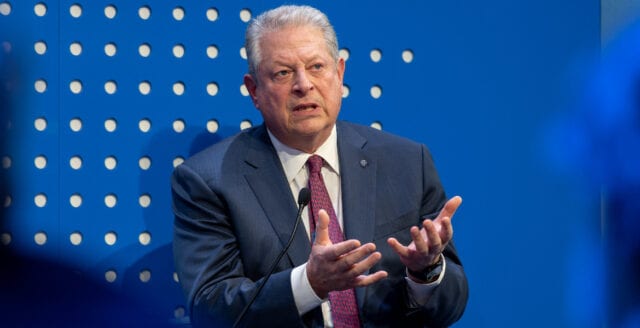The FBI accuses North Korea of being behind a hack against the crypto exchange Bybit, where digital assets worth $ 1.5 billion were allegedly stolen. This is described as the largest crypto robbery ever. North Korea has previously denied similar allegations.
According to the US Federal Bureau of Investigation (FBI), hackers – with links to the North Korean state – used malware called TraderTraitor. The method involves luring victims with fake job offers that install malware, giving hackers access to financial systems. The stolen funds, according to the FBI, have been quickly converted to Bitcoin and spread across thousands of blockchain addresses to cover their tracks.
Bybit, a Dubai-based platform with over 60 million users, states that the attack occurred during a routine transfer between digital wallets. The hackers exploited a security flaw when money was moved from an offline warehouse to a merchant wallet. In total, 401,000 Ethereum tokens, equivalent to $1.5 billion, went missing. The exchange describes the attack as "sophisticated" and believes that the hackers manipulated smart contracts while displaying correct addresses in the interface.
Bybit has received over 350,000 withdrawal requests and warns of delays. The platform offers a 10% reward to experts who help trace the stolen funds.
Western intelligence agencies have long claimed that North Korea uses cyberattacks to fund its nuclear weapons program and evade sanctions. The hacker group Lazarus, linked to Pyongyang, has previously been linked to thefts such as the $620 million Ronin Network hack in 2022.
North Korea has yet to respond to the latest allegations but has previously dismissed similar claims as "lies".







